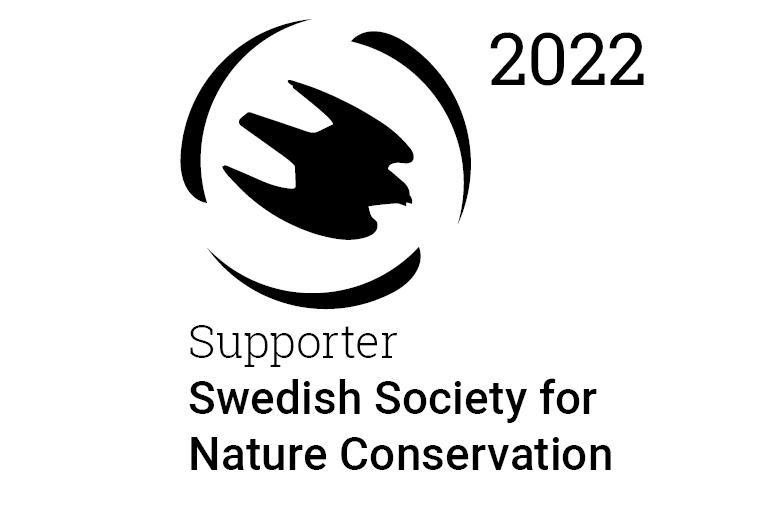Japan - GHS Status
GHS Status
|
Focal points: |
Ministry of Health, Labour and Welfare (MHLW) Ministry of Economy, Trade and Industry (METI) Ministry of the Environment (MOE) Ministry of Land, Infrastructure, Transport and Tourism |
|
Main relevant legislation: |
Industrial Safety and Health Law (ISHL) Poisonous and Deleterious Substances Control Law (PDSCL) Act on Confirmation, etc. of Release Amounts of Specific Chemical Substances in the Environment and Promotion of Improvements to the Management Thereof (Law concerning Pollutant Release and Transfer Register (PRTR) and Safety Data Sheet (SDS) systems) Act on the Evaluation of Chemical Substances and Regulation of Their Manufacture, etc (Evaluation concerning New Chemical Substances, Regulatory measures according to the properties of chemical substances, and Other measures including reporting of hazardous properties on chemical substances, etc.) (Chemical Substances Control Law (CSCL)). |
|
GHS implementation status |
|
|
Transport of dangerous goods |
Implemented Marine and Air transport regulations in Japan are based on the UN Model Regulations on the Transport of Dangerous Goods.
For international transport of dangerous goods, see “Implementation through international legal instruments, recommendations, codes and guidelines” |
|
Workplace |
Implemented National standard JIS Z 7253:2014 and JIS Z 7253:2012 cover GHS classification and hazard communication (labels and Safety Data Sheets). They are based on the 4th revised editions of the GHS. The standards are being revised to bring them into line with the 6th revised edition of the GHS (GHS Rev.6). GHS labels and Safety Data Sheets are mandatory only for chemicals regulated under the Industrial Safety and Health Law, the Pollutant Release and Transfer Register (PRTR) law and the Poisonous and Deleterious Substances Control Law . However, implementation of GHS classification and hazard communication elements is encouraged. Implementation for consumer products is voluntary. GHS classification results as well as several support tools and guidance documents are available on the website of the National Institute Technology and Evaluation (NITE). GHS classification tool for mixtures as well as other support tools are available on the website of the Ministry of Economy, Trade and Industry (METI). |
|
International Cooperation |
The ASEAN-Japan Chemical Safety Database (AJCSD) is developed by ASEAN countries (Brunei, Cambodia, Indonesia, Laos, Malaysia, Myanmar, Philippines; Singapore, Thailand and Vietnam) and Japan under AMEICC Working Group on Chemical Industries. The database includes chemical regulatory information, GHS classification results, risk and hazard information: http://www.ajcsd.org/top.
A memorandum of cooperation “on Strengthening of risk-based chemical management System in Vietnam” was signed on 12 July 2012 and renewed in July 2015between the Ministry of Economy, Trade and Industry of Japan and the Ministry of Industry and Trade of Republic of Vietnam.. The project for strengthening chemicals management in Vietnam was conducted from April 2015 until March 2019. Detailed information about the outcome of the project is available in the final report. See also information on the status of implementation of the GHS in Vietnam. |


